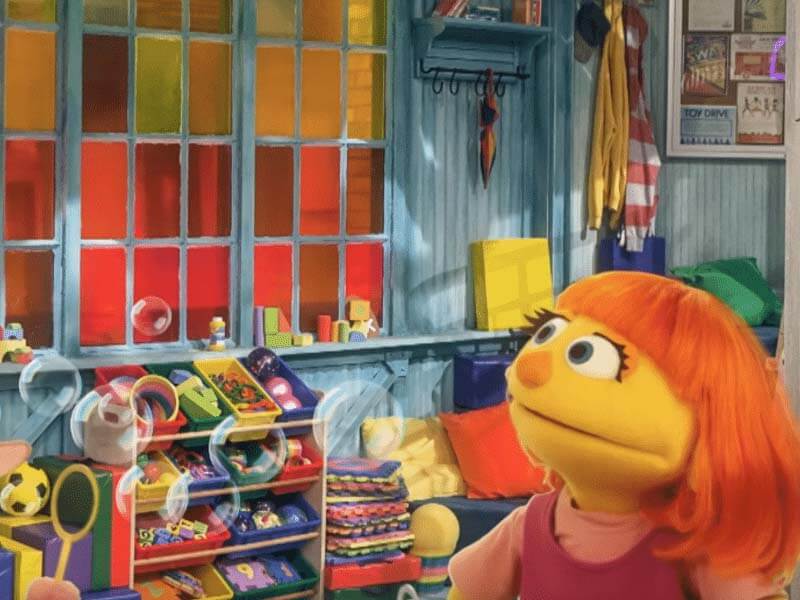Kids are natural scientists. They love to ask questions—sometimes, seemingly endless questions. Fortunately, all those questions can be used to help children learn. We can follow their curiosity to build science skills! Science at home might feel daunting, but there are many simple ways to foster science exploration. No lab necessary. Try the activities in this bundle to get you started!
Reventando burbujas
Together, watch Murray observe bubbles popping as he tries to catch them. His teacher suggests setting up an experiment to learn if anything can prevent a bubble from popping. They test on wet hands, soapy hands, dirty hands, garden gloves, aluminum foil…and get different results! After watching, ask:
“Murray made an observation in the beginning of the video. What did he observe?”
“In the experiment, what did Murray and the children change?”
“What helped everyone to catch the bubbles without popping? Why do you think that worked?“
You can do a similar experiment with bubble solution, a wand, and a few items found around the house:
Invite children to observe and touch different types of paper. Say, “Now let’s make a hypothesis. Which paper do you think the bubbles can land on without popping?” Have children raise their hands to show what they think.
Tally the results, and point out which hypothesis got the most votes.
Blow bubbles and let them fall onto each material. Tally the number of bubbles that stay on each material without popping.
Finally, compare the two sets of data. Ask, “Which material was the best for catching bubbles without popping? Why do you think the bubbles were less likely to pop on that material?”
